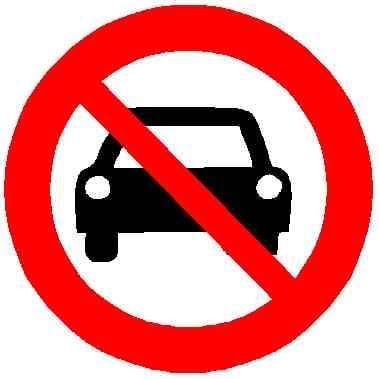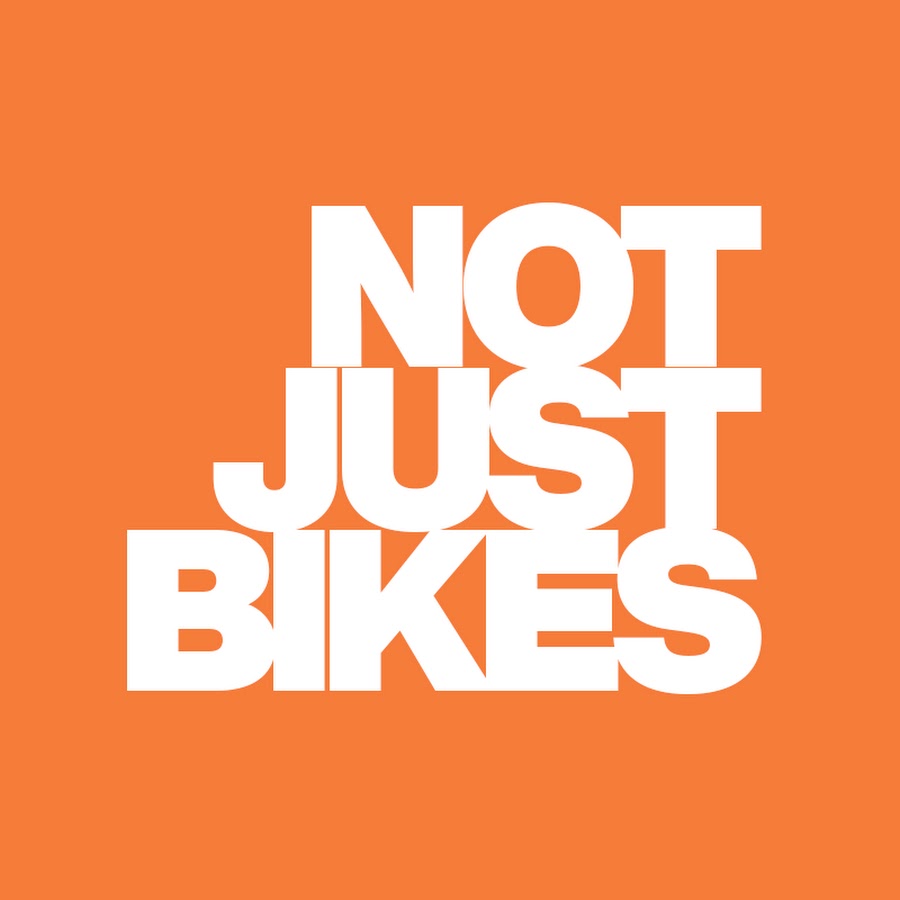

Countries like the Netherlands, Austria, France, and Italy reject automated transmission
The article tells us a lot of who’s against what but not many that are pushing for more, except Czechia. I bet Hungary is one again, isn’t it?


Countries like the Netherlands, Austria, France, and Italy reject automated transmission
The article tells us a lot of who’s against what but not many that are pushing for more, except Czechia. I bet Hungary is one again, isn’t it?


And bicycles are ridden both by poor workers who can’t afford cars and the elite who don’t need to rush about in cars, so it’s a form of transport that all classes can be told to hate! 🙄


Does it work for the politicians? Hidalgo re-elected, Kahn re-elected, to name two. I don’t remember all the bike-bashers who lost because history soon forgets most losers.


safe or just safer?


Could be good polling with poor explanation!


Is any national dictator’s army yet doing the “two steps forward, one step back” march to appear less scary?


The ones that deliberately run people over are gonna do it anyway. Fortunately, they’re rare, even in some parts of the USA. The only cure for those is policing. I believe the USA has some problems with that too, as well as road design, but that’s a more general problem.
By far the bigger problems are those that either don’t see you, or see you and think they can “squeeze by” ignoring that their car is incompressible and doesn’t get narrower like a bunch of bikes can, so put you in the ditch. Both of those problems are reduced by taking the lane.
On one level, I totally get you: it’s far less stress not to be mixing with what the video calls “hippos” and be on a good bikeway. But if we have to swim with the dumb hippos, l’m gonna do it the way the evidence says is most likely, on average, to avoid injury, which is to take the lane when it’s narrow. It’s possible that you live in some extremely hostile place that the evidence points the other way, but I doubt it.


In the UK, riding centrally in narrow lanes is taught so that the rider is where a driver is more likely looking, among other reasons, so they can take appropriate action to pass properly, as required by law. If you ride by the edge, they might not see you but will still hit you as they fail to pass.


I’m sorry to read that places as awful for cycling as there still exist and surprised that you never need to go anywhere when traffic is busy.


That depends who’s hosting it. There’s few good reviews of email hosting out there at the moment.


Even if you self-host, other people’s mailservers still interact with it, unless you only chat with other users you host. And some of the big webmails variously get really pernickity about your DNS, DKIM and more, or they deploy some pretty obnoxious countermeasures against your server with little explanation. So I’d say it’s more often both than not, no matter what you do. If you think it’s not being a pain, there’s probably an unpleasant surprise in your server logs or coming soon!
It’s still often worth self-hosting, but that’s more big webmail really sucks, even ISPs often don’t set their mailservers up well and it’s often an early casualty of ISP managers looking for costs to cut.


Can people go by bike?
Even better, go watch a bike race. It’s probably much cheaper, even with some travel.

There’s so much dogma and confusion there that actually makes it difficult to follow in places! For example, it says
I have actually moved back towards more traditional road tire sizes
when actually talking about moving back to narrower sizes. The traditional road tyre width is 32mm, which is what 27" x 1¼" were when converted to ISO sizing. It’s only really once aluminium alloy road bike frames and forks were being mass-produced that narrower sizes became a mass-market thing. The makers of “gas pipe specials” of my youth didn’t want to work with such fine clearances. So moving back to traditional road sizes would be going wider from today’s usual.
The kicker is in the end, though:
a straight-line aero contest on smooth pavement
which basically no non-racer is doing ever. At 23mph no less. At more ordinary speeds, 28-32mm will always beat 23mm on the muck-strewn uneven draggy chipseal that most of us ride on most of the time.
And 32mm is really not wide. We don’t all need to go to “fat bike” car-width tyres, but 50+mm / 2+ inch tyres would be appropriate on city bikes and other beasts of burden.


Unusually, for once the answer to a headline question isn’t a simple ‘no’ but more ‘not without some fight’.


Any browsers except the minimal servoshell yet?
Is it faster to start up? Is it less snoopy? Are these in some FAQ I missed?
Yes, Forester was more brazen than many of his fans. His use of anecdata is the sort of argument that gets dismantled on social media and bike forums. It’s amazing he got away with it for so long, with his books being re-printed and updated. Maybe highways designers who didn’t want to bother with cyclists were happy that an ‘avid cyclist’ gave them a reason not to, so ignored the silly footnotes and bad references.


These ex-BBC reporters agree with you: The News Agents: Inside the BBC: What really went on
Episode webpage: https://www.thenewsagents.co.uk/


It does say billions of pounds bet, so probably one of Entain, Evoke, Flutter or bet365, as not many others are that big.


I suspect people disliked both of the approaches you suggested, or thought it was a false dilemma fallacy, but downvotes rarely come with explanations.
And it would be even higher if they didn’t require people’s parent/grandparent to have registered an Irish ‘foreign birth’ before they died. Being Irish was stigmatised in the UK until a few decades ago so people often didn’t.